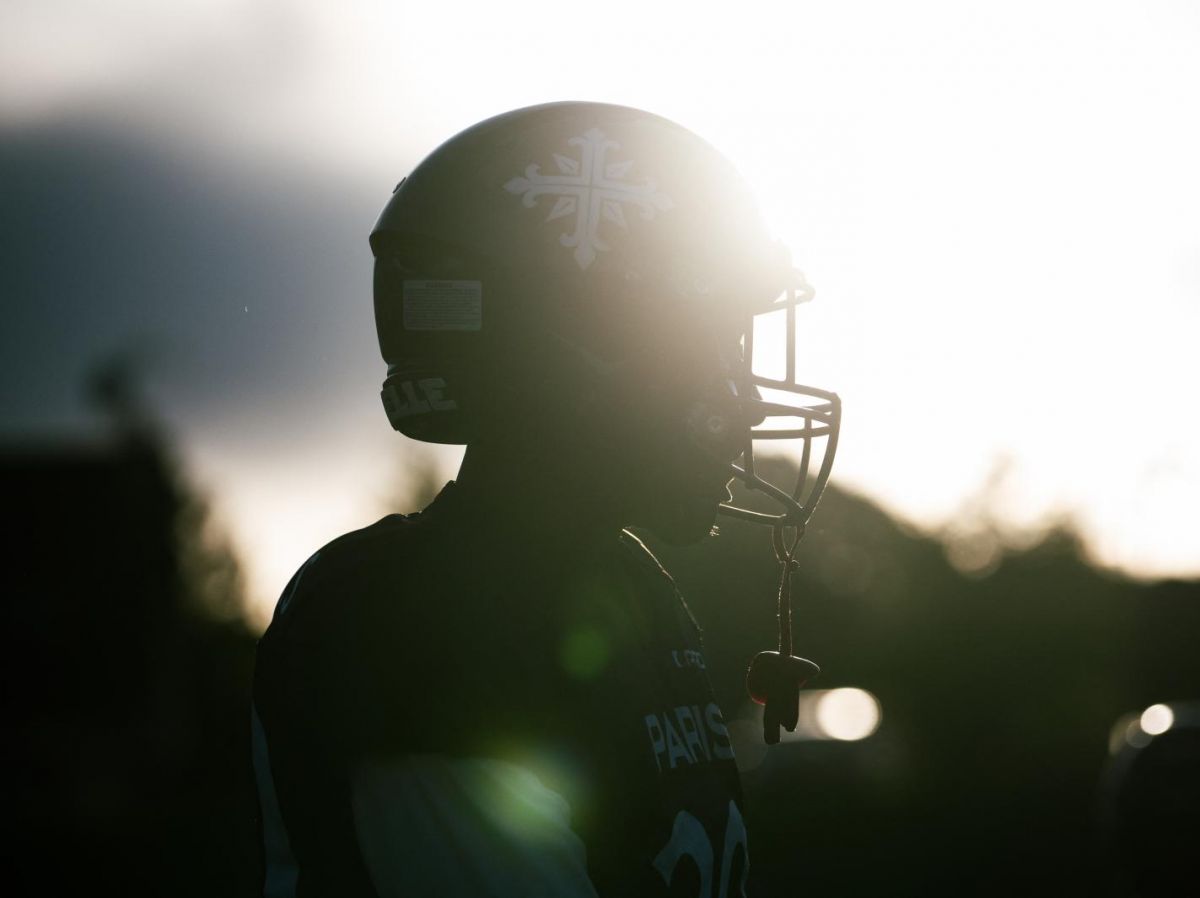Since the discovery in 2002 by American forensic pathologist and neuropathologist Bennet Omalu of the existence of neurological damage in the brain of an American football player who died suddenly, head injuries in sports have been the subject of sustained attention. Called chronic traumatic encephalopathy (CTE), this neurodegenerative condition appears to affect high-level athletes who practice contact sports and suffer numerous frontal impacts during their careers. Boxing, martial arts, MMA, rugby, and hockey are thus implicated. But also football, with its head-on play, as well as many others.
Although CTE manifests itself during the player's lifetime through mood swings and cognitive impairment, only an autopsy can currently identify it with certainty. It is notably marked by the accumulation of large numbers of tau proteins within neurons.
Damage even before the first symptoms
Still, researchers suspect that CTE and tau accumulation are just a late stage of a brain that began to suffer many years earlier. However, since CTE can only be diagnosed through a postmortem autopsy, this hypothesis is difficult to establish.
Read alsoDeep brain stimulation can repair the after-effects of accidents
Researchers at Boston University School of Medicine (USA) have finally shown for the first time that this intuition was correct. In the latest issue of the magazine Nature, they reveal that repeated head impacts have indeed caused damage to the brains of young athletes, even before the first traces of ETC appear.
Jonathan Cherry and his colleagues analyzed postmortem brain tissue from 28 young people aged 25 to 51. They were divided into three groups: a group of nine athletes who had played American football but whose brains showed no evidence of CTE; a group of eleven other athletes who showed the first clinical signs of the disease; and finally, a control group of eight men who had never played sports.
Half as many neurons in the cortex
The result of their in-depth analysis: all the athletes' brains, regardless of their CTE diagnosis, revealed clear signs of neuronal loss, inflammation, and vascular damage. One of the most striking signs was a decrease in 56% neurons in the brain's surface layer, the cortex, which is some of the areas involved in emotions, memory, language, motor skills, and more.
Read alsoFootball: How much does heading harm the brain?
However, in these individuals, neuron loss was not correlated with an accumulation of tau proteins, suggesting that the damage begins much earlier, from the first concussions and independently of CTE. The researchers also showed that the level of inflammation affecting microglia, a cell population involved in immune defense, was all the more significant the more years the player had practiced the sport.
Further proof that head impacts damage the brain and that CTE is only the terminal stage of a pathology that was established years earlier, from the first impacts and during the early years of practicing sports. Especially at an age when the brain is still forming and where the slightest lesion will weaken an organ that will then age prematurely. For example, it is perfectly accepted that Alzheimer's and Parkinson's disease more often strike high-level athletes who have suffered head injuries during their career. Even more so if the latter was long and began early.
